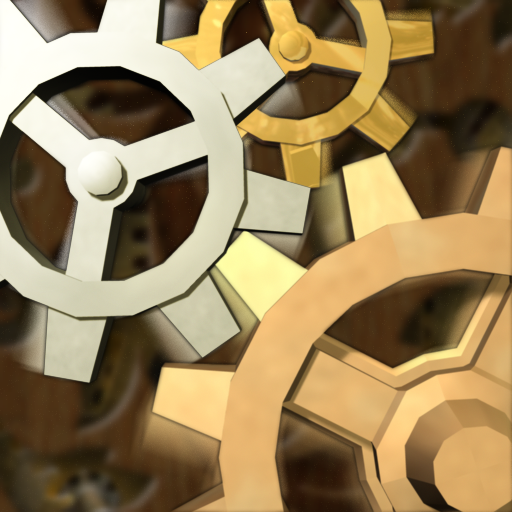

Grab three crosses and you temporarily transform into a flaming bull who can destroy enemies with only a touch shoot the boxes enough and they spread shrapnel around the field. Really, all you do is use one joystick to move and the other to fire in whatever direction you prefer, occasionally triggering an enemy to drop either a clover-like cross or an explosive box. Your character, all of the enemies, and the landscape are toon-shaded, and there’s comparatively little blood being shed or items to pick up. Whereas iDracula was a fairly serious game visually, and equipped your character with a wide range of weapons to help in the monster-shooting quest, Minicore tries the alternate cutesy approach in order to appeal to players. You take control over a Lego-like block character named John Gore, who runs around a grassy park-like area with a gun and tries to keep from getting eaten by “furries”-black fuzzballs who wander the park in packs and need to be shot before they touch you. Chillingo’s new Minigore ($1) is unfortunately one of the imbalanced ones, essentially a seriously cute but shallow rehash of the company’s earlier and similarly shallow iDracula. Style occasionally triumphs over substance in the video game world ideally, a game will have both in surplus.
#Ragdoll blaster 2 help series#
For the price, this is an excellent little pinball game, taking the “best pinball” crown from its predecessor we really look forward to seeing Gameprom try a more radical departure in gameplay along the Alien and Devil’s Crush series lines. By comparison, its 3-D graphics are beautifully textured, almost always smoothly rendered, and presented from great camera angles similarly, the light electronic music is very good. The Deep Pinball’s only weakness is in its voice samples, which are frequent, but appear to have been recorded somewhat amateurishly. It doesn’t have down moments like Wild West, where you feel like you’re flipping at targets and hitting the same few things again and again, but it also doesn’t have the high intensity level of some of the classic 16-bit pinball games that added moving targets and multiple tables to the mix. Between the flipper and ball physics, which just feel “real,” and the numerous things you can do on the board-unlocking a treasure chest, moving a ramp over to a sunken ship, the aforementioned hunting, and completing “missions” by hitting targets-The Deep keeps you entertained and challenged for as long as you keep playing. One target on the board will occasionally spin the table on its side so that you can take a “hunting” shot at pop-up targets, and a swirling whirlpool in the upper right corner adds a little bit of welcome surreality to the table, but otherwise Gameprom’s design is traditional.

Think of The Deep’s table as an evolved version of the Wild West one, with more targets, more objectives, more voice samples, and background music-basically, more and better everything, so long as you like the underwater theme.Īs before, you’re presented with a 3-D pinball table that is primarily but not exclusively viewed from a scrolling, forced overhead view, starting from the bottom of the table you get to watch as the flippers, bumpers, rails and other pieces of the board move gently upwards and downwards in perspective as the ball rolls through them.

When Gameprom released Wild West Pinball back in April, we were pretty impressed, noting that it was “not perfect, but it’s the best pinball game yet released for the iPhone and iPod touch.” Now the company has returned with The Deep Pinball ($1), a sequel that is derivative, yet manages to substantially exceed its predecessor.


 0 kommentar(er)
0 kommentar(er)
